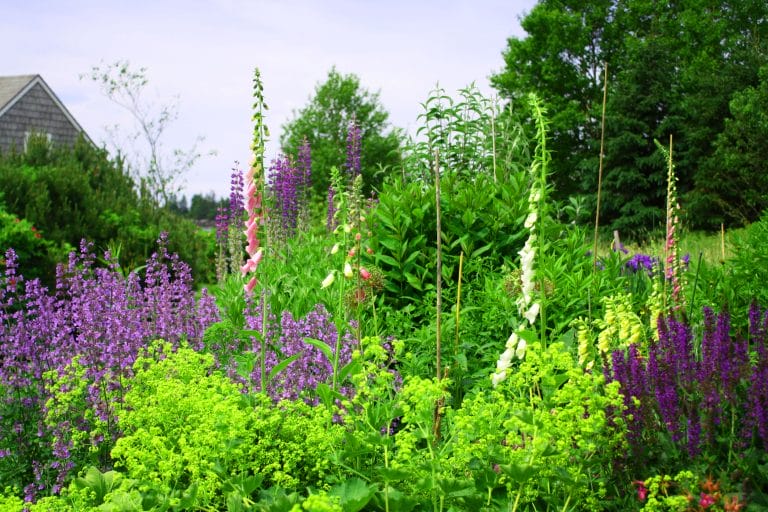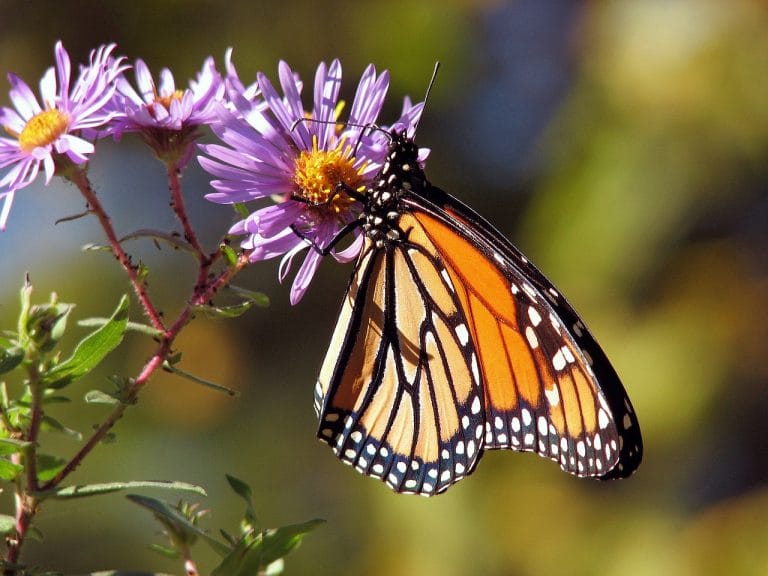
- Monday-Friday 7AM – 5PM | Saturday 7AM - 5PM | Sunday: 8AM - 4PM
Menu

Summer is here, and along with a fresh, newly greened landscape comes the need to make
sure that your landscape’s lush growth maintains health. Already established plants are going to
be a little easier, while new plantings will take some care. To ensure the health of your trees and
shrubs, you’re going to need to focus on watering to make sure that your investment into your
landscape will establish, thrive and continue to come back year after year.
How?
Use an open-ended garden hose. The use of soaker hose and root feeders will work but may
produce less than desirable results.
Where?
Water does not move sideways in soil very well, so to be effective you must water directly over
the area where you need the water to go. For new plants this is directly over the root zone and
the planting area. Place the open end of the garden hose a few inches off the base of the tree
where the trunk meets the soil.
How Much?
Watering deeply and less frequently is key to establishing new plants. The rate of flow should be
when the water is flowing into the soil and not running off the surface. Water until the root zone
is saturated to a depth of 12-18”. Rotate the position of the hose during your watering to ensure
even distribution. The only way to truly tell if you have achieved this is to dig around the plant
and check. If there has been one inch of rain or more that will constitute as a watering.
How Often?
Check the soil around your plant frequently, about every 3 to 5 days. Allowing the soil to dry
slightly is ideal before adding more water. Certain environmental factors may cause you to have
to water more or less depending on your plant’s location. Plants in the shade may not need as
much water as plants that are in full sun. You will have to dig around the plant to accurately
determine what is happening to the soil. Continue this until the ground has begun to freeze.
Signs of Moisture Stress
Plants will tell you when they aren’t happy. Here are some warning signs to look out for: curling
leaves, shiny leaves that have grown dull, bright green leaves losing color, new growth wilts or
drops, older (interior leaves/needles) turn brown and drop, or flowers fade quickly or
prematurely. If you see any of these symptoms, check your soil moisture to a depth of 12” to
determine if the plant needs more or less water.
It is possible for established trees and shrubs to hold their own without watering, surviving just
on rainfall. However, when drought conditions arise, or generally if there is no rain for 4 weeks,
then supplemental watering is recommended. Supplemental watering is watering that is done
manually, independent of rainfall. Supplemental watering only helps, and is very important to be
aware of, as the after effects of drought will arise the next year after drought, creating cascading
issues (stunted growth, loss of foliage, etc.). These plants are drought sensitive, and should be
monitored closely: willow, hydrangeas, evergreens, serviceberry, fruit trees and burning bush.
Be sure to pay most attention to the youngest of your trees and shrubs, new plantings and
plants that have yet to fully take root. Monitor your established plants, but pay closest attention
when there are drought conditions. If you follow the advice above, your plants should live for
years to come. As always, if you have any questions or want to know something related to a
specific plant type or variety, our expert staff is always available when you visit us next.
Whispering Hills Garden and Landscape Center is a full service landscape center and nursery
located in Cary, Illinois. Give us a call or stop in today to see our full selection.

In an era where sustainability is more than a buzzword, Whispering Hills Garden Center

June is National Pollinator Month, a perfect time to celebrate the essential role pollinators

As the weather warms up, spending time outdoors becomes more appealing. However, with the
**IMPORTANT** Non e-commerce prices listed on various pages of this site, may not reflect the most up-to-date prices. Call to verify prices before coming in.